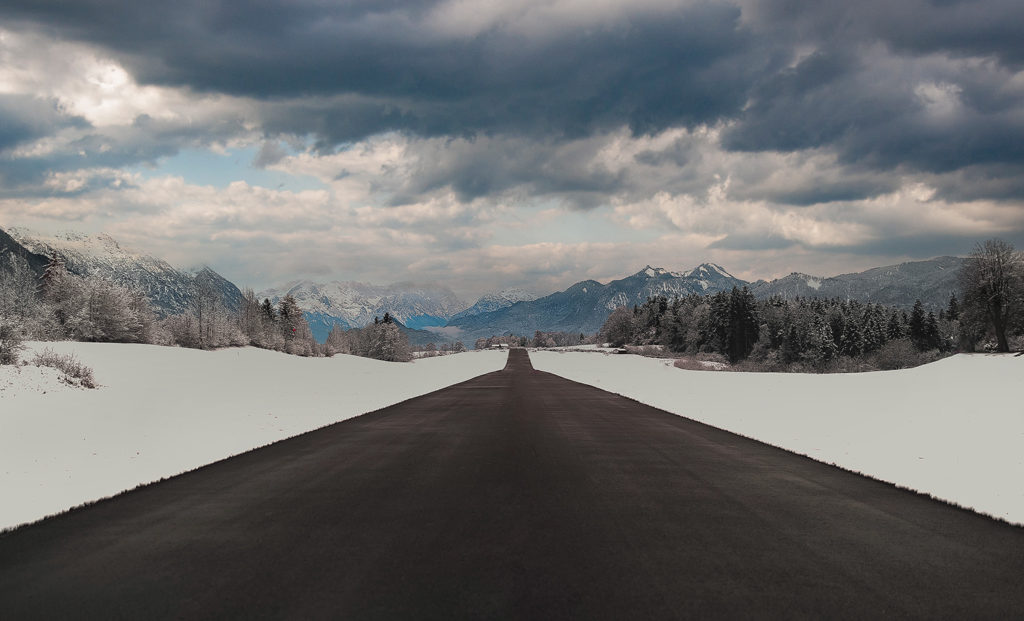SURVIVAL IN THE SADDLE • PART 10
This is the first installment in a series discussing the topic of riding in cold weather. Today’s post will deal with the human aspects of the subject. In the following episode we’ll be discussing some of the particular road hazards you will encounter in cold weather along with mechanical considerations for your machine.
Ask serious long distance, cold weather riders what they choose to wear for protection from the elements. You will get a number of different answers. In this post I’ll share some of your options and tell you what has worked successfully for me over decades of riding.
The Physiological Basics
Today we’re going to concern ourselves solely with protection from the elements while riding in cold weather. Heat exhaustion, heatstroke and hydration will be discussed in a later post.
Normal human body temperature is 98.6 degrees Fahrenheit. Your body is designed to maintain this temperature regardless of the outside temperature. Your body naturally radiates its own heat into its environment from your skin surface. Of utmost importance to human survival is maintaining core temperature. Your heart, lungs and all other internal organs are the first concern of your body’s natural defense system. If core temperature rises or falls your body will engage its survival mechanisms to protect itself. Necessarily and automatically your blood pressure, breathing rate and blood flow will change in response to the threat of exposure to cold temperatures.
A condition known as hypothermia occurs when your body temperature reaches 95 degrees or less. The first thing your body does, when this condition is detected, is shut down blood flow to your extremities. Your body will literally sacrifice its own fingers and toes in its attempt to preserve your internal organs. Pay attention when your fingers and toes are getting uncomfortably cold. This is your first clue that your body senses something is wrong.
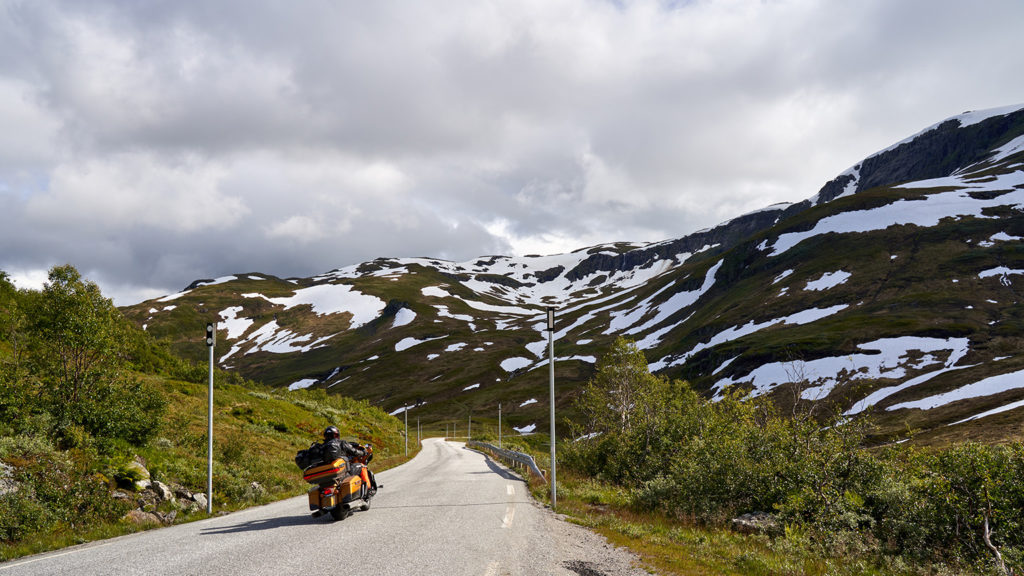
Symptoms Of Hypothermia
The first signal your body will give you that something is amiss when riding in cold weather will be shivering. If you don’t take proactive action when this occurs things can deteriorate rapidly. The symptoms that follow shivering are much more severe. They can include confusion, drowsiness, an altered level of consciousness and fumbling hands. These are obviously things you don’t want to experience…especially when motoring along on two wheels.
The reason for this serious condition lies in the large arteries that run along both sides of your neck. When your body slows the flow of blood to its extremities, blood flow to the brain is throttled back as well. A brain with insufficient oxygen and blood supply makes some pretty silly choices.
The Wind Chill Factor
We’re all familiar with the wind chill factor as broadcast by your local meteorologist. It’s not just how cold it is out; it’s about how cold it actually feels. That is a function of how hard the wind is blowing. On a motorcycle at 40, 50, 60 MPH (or more) that wind chill effect can be extraordinary. Check out the motorcycle wind chill chart below to see just how cold it feels based upon ambient temperature and the speed of the bike.
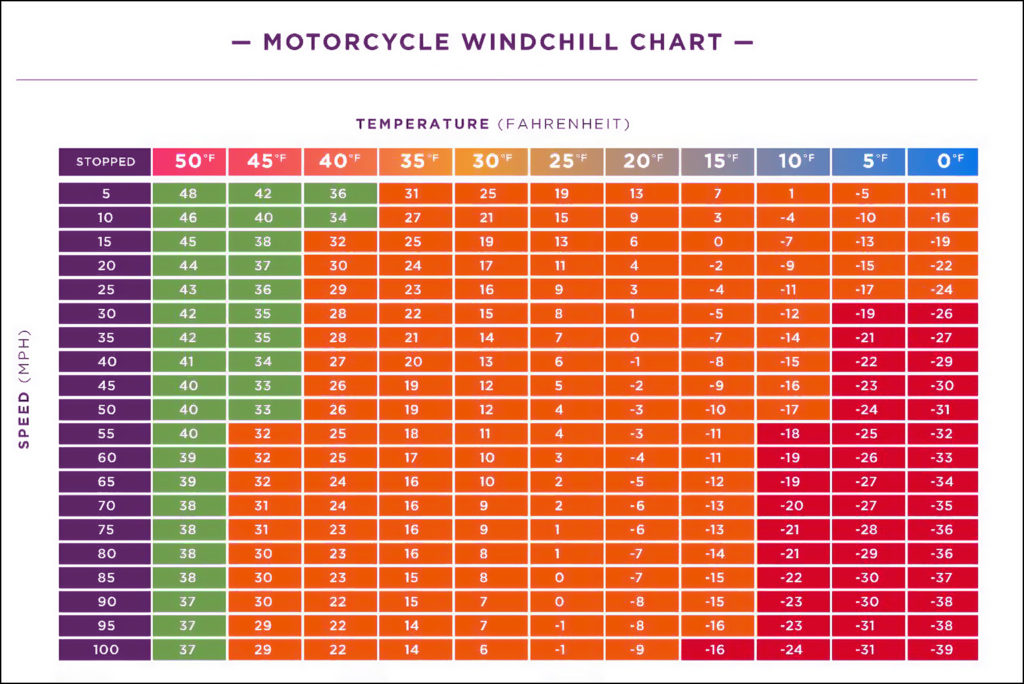
Sure, some of that wind might be broken up by a windshield or fairing, if your bike is so equipped. But it’s still pretty formidable.
How Cold Is Too Cold?
Unfortunately there is no number, set in stone, as to when it becomes physically too cold to ride. Individual physical characteristics and fitness levels of riders vary greatly. Some riders may exhibit excess body fat which can serve, conveniently, as insulation against the elements. Conversely, folks of this stature tend to put greater demands on their circulatory systems to keep blood flowing to a larger body mass. Lean folks naturally put less demand on their circulatory systems, but don’t have that built-in added layer of insulation from the cold.
Some riders have compromised circulatory systems. Sadly, I fall into this category. I am a cardiac patient having suffered a serious heart attack some 25 years ago. I underwent quadruple bypass surgery and have lived with heart disease ever since. My treatment regimen includes prescription blood thinners which further hampers my body’s ability to stay warm. Yet I still mange to ride in some seriously uncomfortable weather conditions. How?
The Right Stuff
In my Amazon #1 best-selling travel book Road Work: Images and Insights of a Modern Day Explorer I state “…there is no such thing as bad weather. There is only bad apparel.” Riding in cold weather is much like riding in the rain. It’s not ideal. It certainly isn’t as comfortable as being out on a warm, sunny day. But with the right gear it is perfectly doable…and enjoyable.
I live in the northeast United States. We don’t have the luxury of a year round temperate climate. We experience the change of seasons and have to adapt if we want to keep riding year long. I’m writing this post as we’re closing in on November. The “winterization” discussions have already started on the various online forums I belong to. I don’t participate in these. I have never “winterized” my motorcycles. I ride, pretty much, year round.
Sure the bike sits in its storage shed when a major snow storm or blizzard strikes the area. But if there’s no snow or ice on the pavement you’ll find me in the saddle. Wearing the right gear.
Suiting Up
For the purpose of this feature I’ll adopt a top down approach in discussing dressing for riding in cold weather success. Your first consideration will be the helmet you wear. As I’ve stated before, the type of gear you choose to wear is a matter of personal choice. I’m grateful that I somehow managed to survive more than 200,000 miles riding in jeans and T-shirts; with a novelty brain bucket on top…or no helmet at all. Today I’m an ATGATT (All The Gear, All The Time) kind of guy.
Whatever choice you make, understand that you lose a great deal of your body heat through your scalp. I have the added ‘handicap’ of a shaved head. These days I wear nothing but a full face helmet when I ride. My personal choice is either the HJC I-90 modular or the Bell SRT modular helmet. I own both.
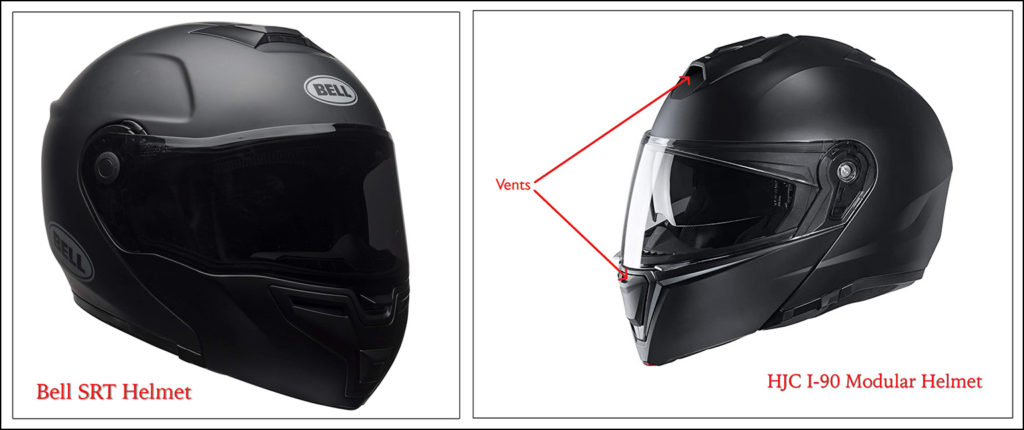
I find the ventilation of the HJC helmet to be better in colder temps. Anyone who wears a full face helmet knows that fogging can occur on the inside of the shield when your hot breath hits the cold plastic. The HJC is equipped for a pin lock visor to aid with this condition. I have never used one. The ventilation system of the HJC is extraordinary and I rarely experience any fogging of the shield.
I don’t want to start a discussion about there being superior helmets on the market. Yes…they’re out there. Some of them cost in excess of $800. You decide whether you think they’re worth the price. MotoAmerica champion, Tony Elias, wears an HJC helmet. That was a good enough endorsement for me.
Warmth Up Top
If you choose to wear an open or half helmet, you can benefit by wearing a balaclava underneath. These add an additional layer of insulation and wick moisture away from the skin to keep you warmer. I love the one marketed by ILM. It is thin enough that my helmet remains comfortable and adds quite a bit of warmth.
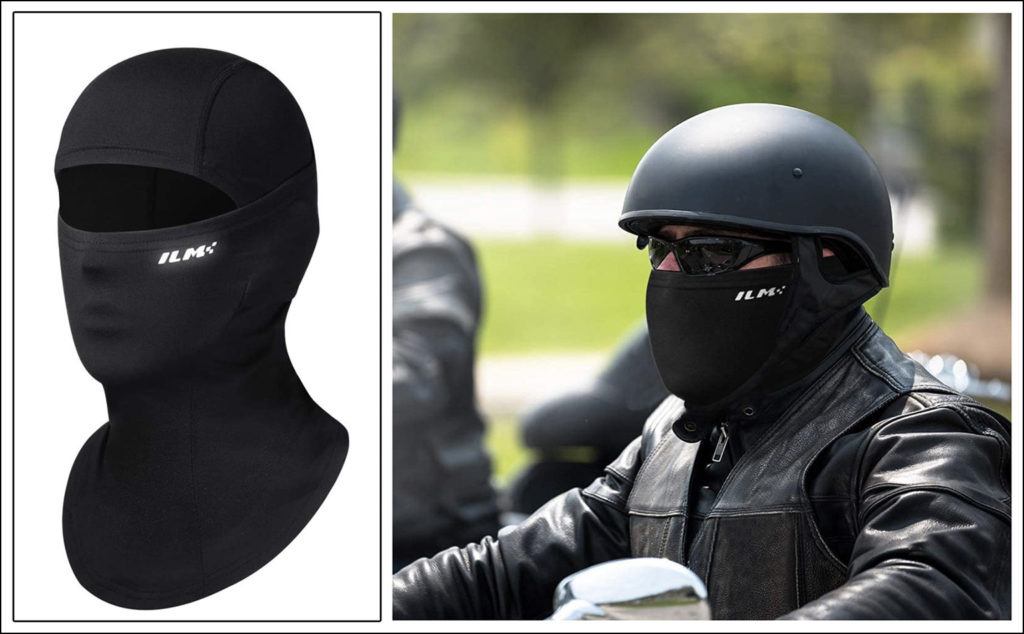
More importantly, the lower portion shields your neck from the wind. We’ve already discussed the large arteries that run up both sides of your neck. Keep them shielded from the cold. Even when wearing a full face helmet and a well-designed jacket you will need to further protect your neck from the ravages of Old Man Winter. I have two different styles onboard. One, called the Neck Gaiter, is made by MSDC. The second, which I put on in really bitter cold conditions is a fleece item made by work clothes specialty company Carhartt. Both are available on Amazon.
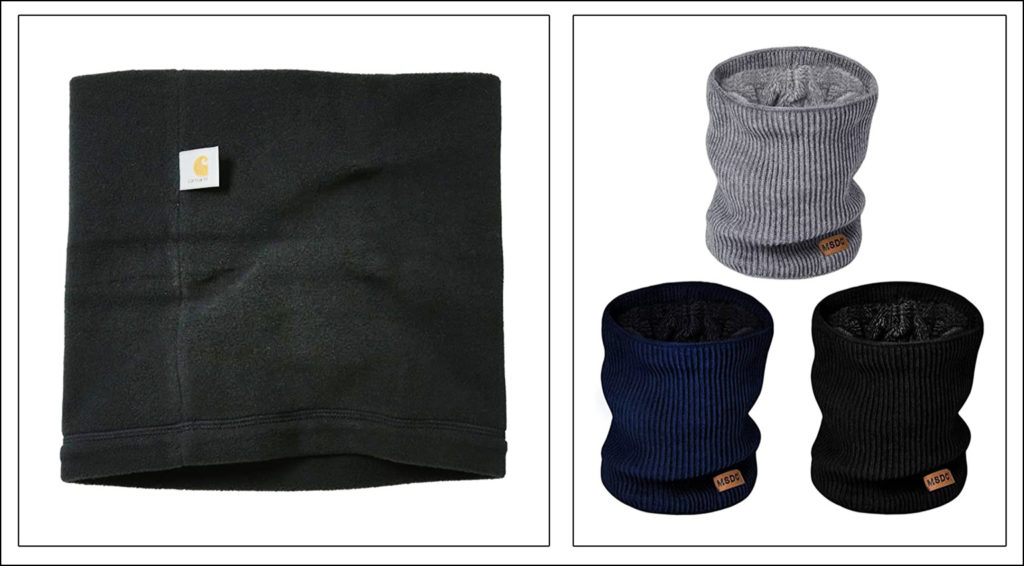
Light Weight Base Layers
The best way to stay warm when riding in cold weather is to follow the methodology of dressing in layers. I own three different sets of base layer tops and bottoms. These are worn beneath my chosen riding gear. I’ll put on the set most appropriate for the temperatures that I’m likely to encounter in my ride. Many purchases over many years led me to settle in on these three favorite offerings.
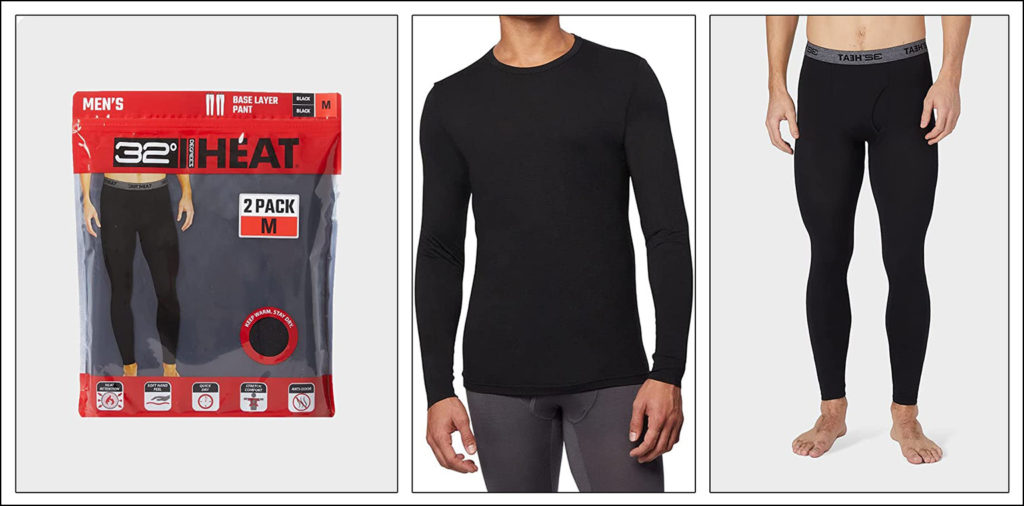
For lightweight under layers I absolutely love the Heat 32 brand available on Amazon. These lightweight undergarments provide good moisture wicking and protection from the chill when it’s not really that cold out. Again…what constitutes “really cold” will vary from rider to rider. Links to these items on Amazon are below:
Heavier Weight Under Layers
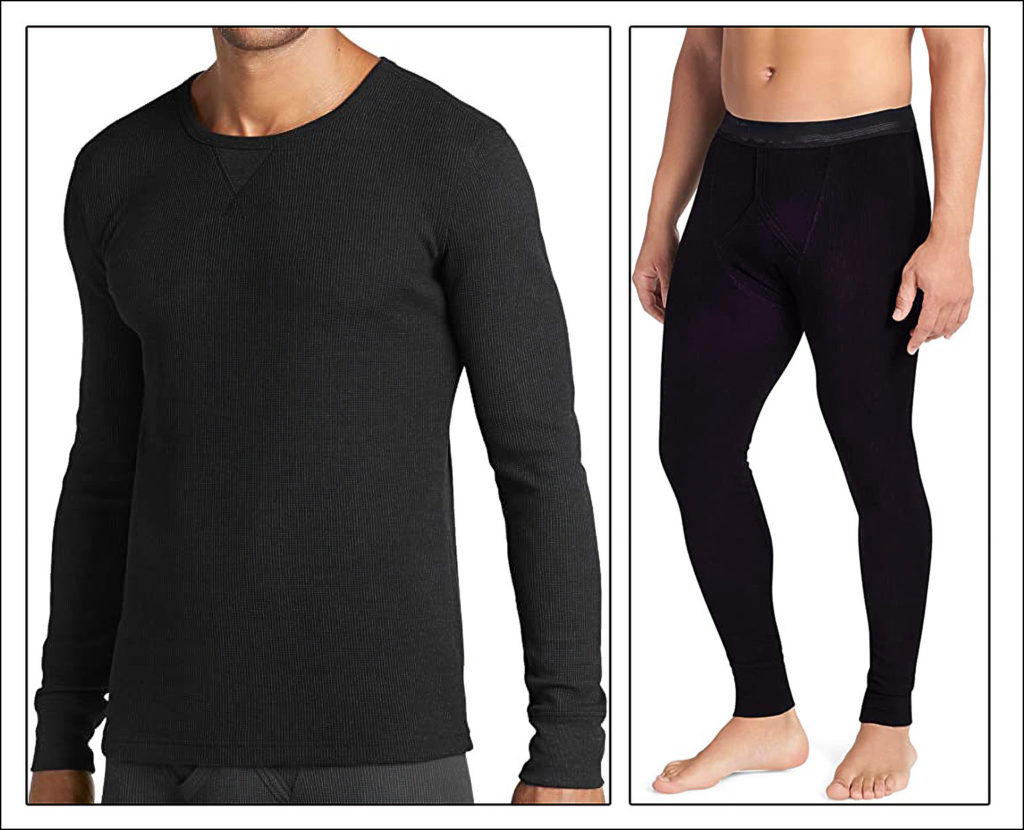
My medium weight under layers are the waffle fabric offerings by Fruit of the Loom. These, too, are available on Amazon. I’ve provided the link to these items here:
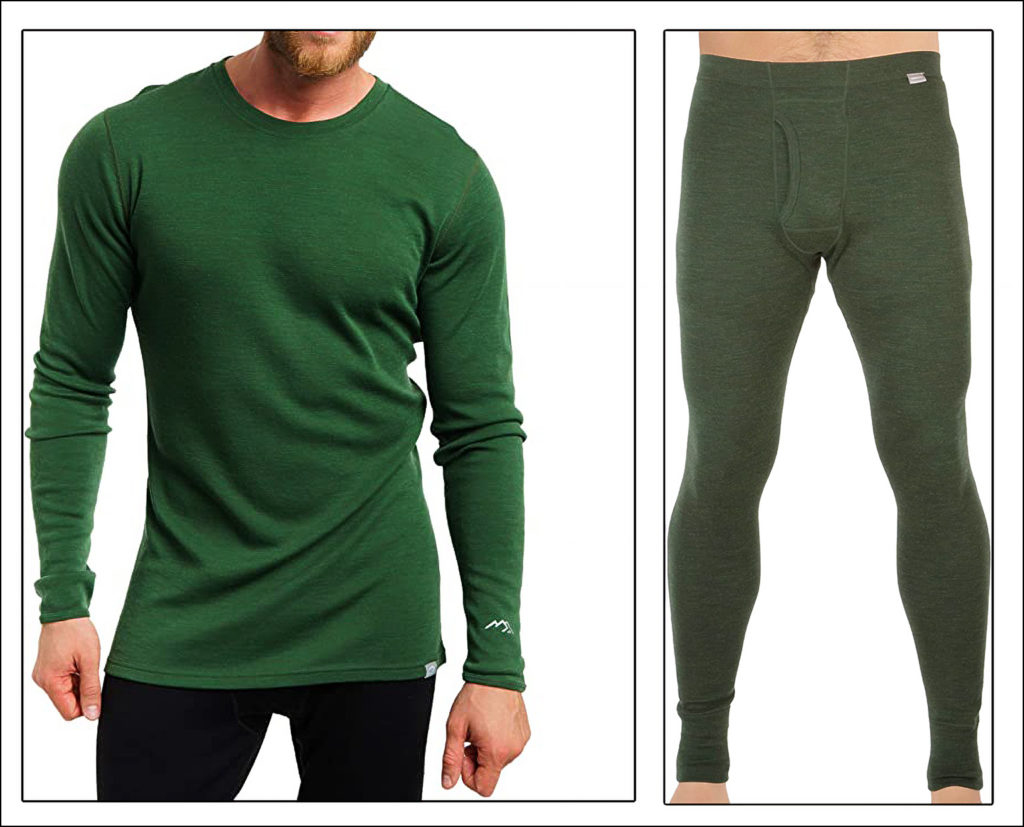
On those really cold days I choose the Meriwool brand Merino base layers. These are premium wool undergarments that provide incredible warmth. They are a bit bulkier than my previous two recommendations but have what it takes when riding in sub-freezing temperatures with single digit wind chills. I’ve provided the Amazon links to these items here:
Base Layers For Your Feet
Don’t forget your feet when preparing for riding in cold weather. Those extremities are the first to get uncomfortably cold when the mercury drops. There are countless choices from dozens of outdoor clothing and motorcycle-specific suppliers. The best ones I’ve discovered, in terms of performance and value, are the Heat Holders. Believe me…I’ve tried a lot of other offerings in some four decades of riding. These things work. And they last!
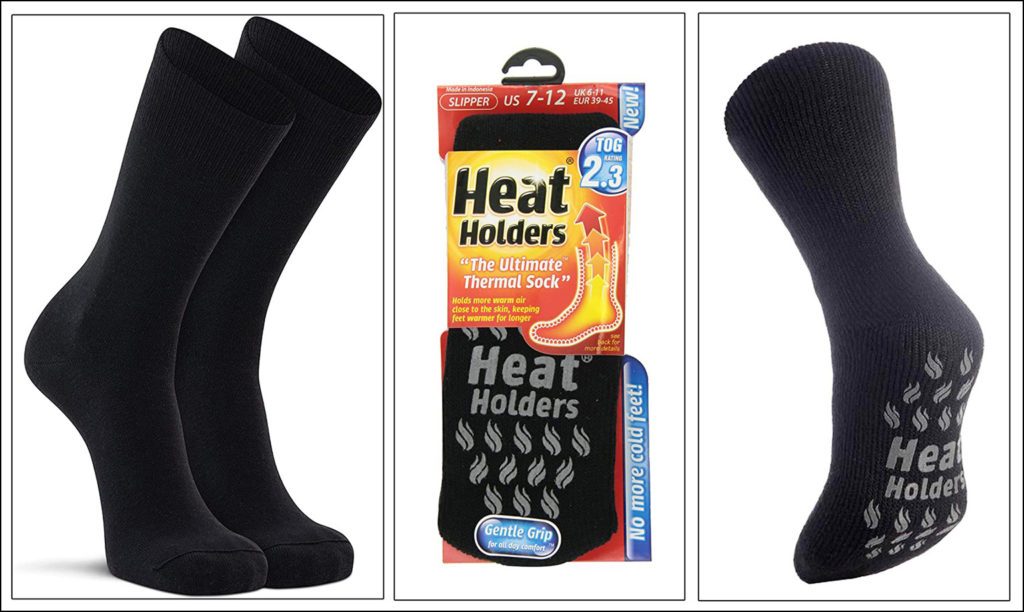
On those single digit days I’ll also add a thin sock liner underneath the heat holders. The lightweight ones from Drake perform very well.
Working Back Up…On The Outside
Starting from the bottom a good choice of warm, waterproof riding boots is a must. There are countless choices, in all price ranges, here. Ask your friends who do a lot of riding in cold weather for their recommendations. My personal choice is the Alpinestars Andes v2 Drystar.
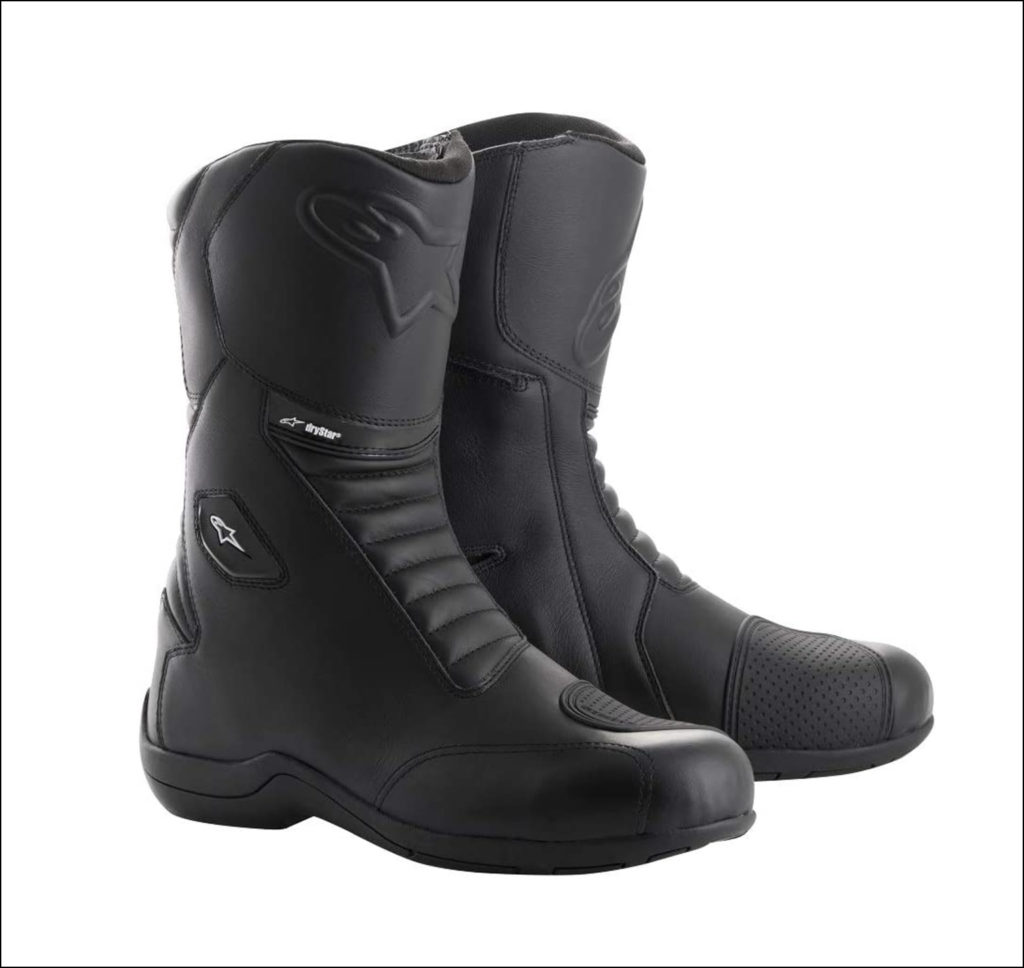
They are awesome! I am a big fan of the Alpinestars gear. I own one of their mesh riding suits which I wear on my warm weather excursions. I bought the Drystar boots 1/2 size larger than I normally wear. This allowed plenty of room to comfortably use the Heat Holders socks and Drake liners, without being too big when wearing normal socks in nicer weather.
The Outer Layer
Leather is my personal choice for riding in cold weather. I actually have two different leather riding suits. It’s a luxury, I know. It certainly isn’t a necessity. I just happened to “accumulate” two suits as I made progress over the course of a relatively recent weight loss journey.
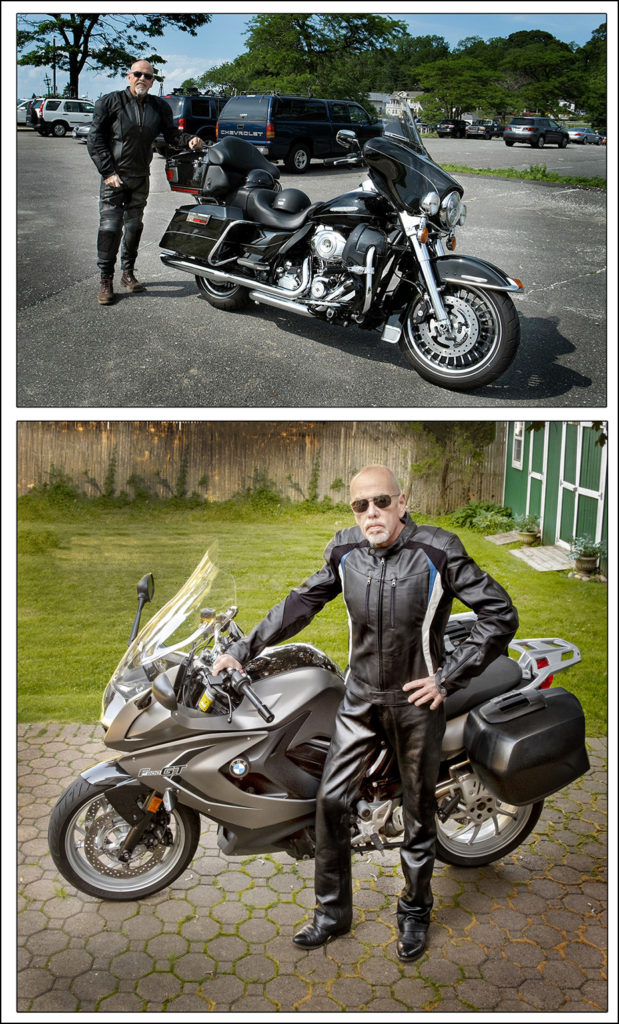
The first one is a race-ready suit by Joe Rocket. It is a two-piece suit (Jacket and Pants) which zip together to essentially form a one-piece racing suit. It has all of the CE approved armor at the knees, hips, shoulders, elbows, etc. The pants even have velcro attachment points for knee slider pads. This is a great suit for street riding and, when zipped together, is legal for use at motorcycle track days. The only (slight) drawback to using this suit for serious riding in cold weather is that it uses perforated leather for ventilation. You must use its removable waterproof liner for full protection from the wind. Even then it’s not as warm as solid leather. This is a very well made suit. I’ve put tens of thousands of miles on it and it still looks like new. Links to purchase this two piece outfit are here:
My primary choice for truly riding in cold weather is a combination of a genuine BMW Motorrad “Double R” jacket matched with a pair of Milwaukee Leather jeans. This rendition of the “Double R” jacket has been discontinued and is no longer available. As of this writing you can still find limited new old stock from various retailers on eBay. The current BMW Motorrad “Double R” jacket looks entirely different than this one.
The Bottom Half
Along with my BMW jacket I wear leather jeans from Milwaukee leather. I’ve used Milwaukee Leather’s products for decades and have never been disappointed. They are made of premium buffalo leather and are 100% windproof. Warm! The downside is that they don’t offer any built in CE rated armor protection. You’re covered from road rash, but not from impact.
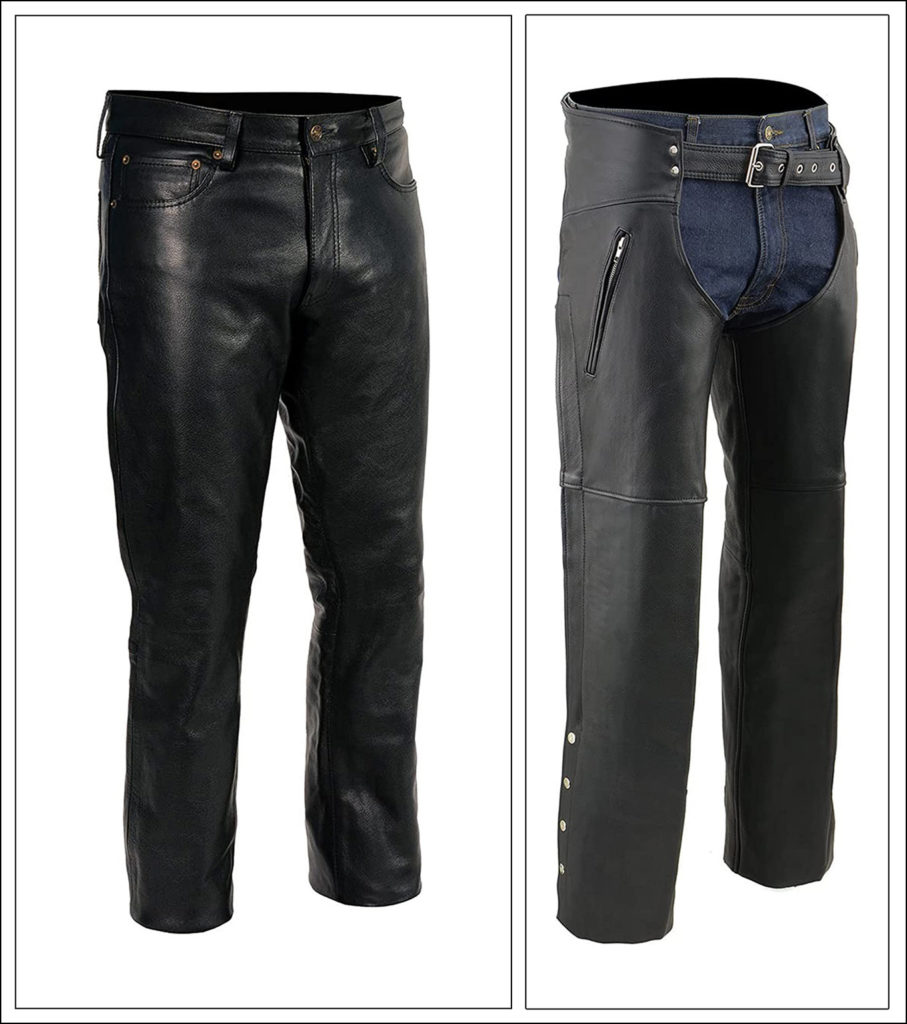
Before acquiring these leather jeans I wore Milwaukee Leather chaps over my denim jeans. For those riders that prefer wearing chaps Milwaukee Leather offers them in a number of different styles including slash pocket, zippered pocket, fully lined and distressed brown leather. I wore those chaps for decades. They, too, are incredibly well made.
Protect Your Hands
The last item of clothing you’ll need for riding in cold weather is a good pair of warm, winter gloves. Choose a pair made with Thinsulate insulation. Pick a pair with a large gauntlet that covers your jacket’s sleeve, preventing cold air from rushing up your arms. You need not spend a fortune to get good cold weather protection. These Premium Winter Gloves (made with sheep leather and Thinsulate lining) are still less than 30 bucks on Amazon. I’ve had a pair for probably 10 years and they’re still going strong.
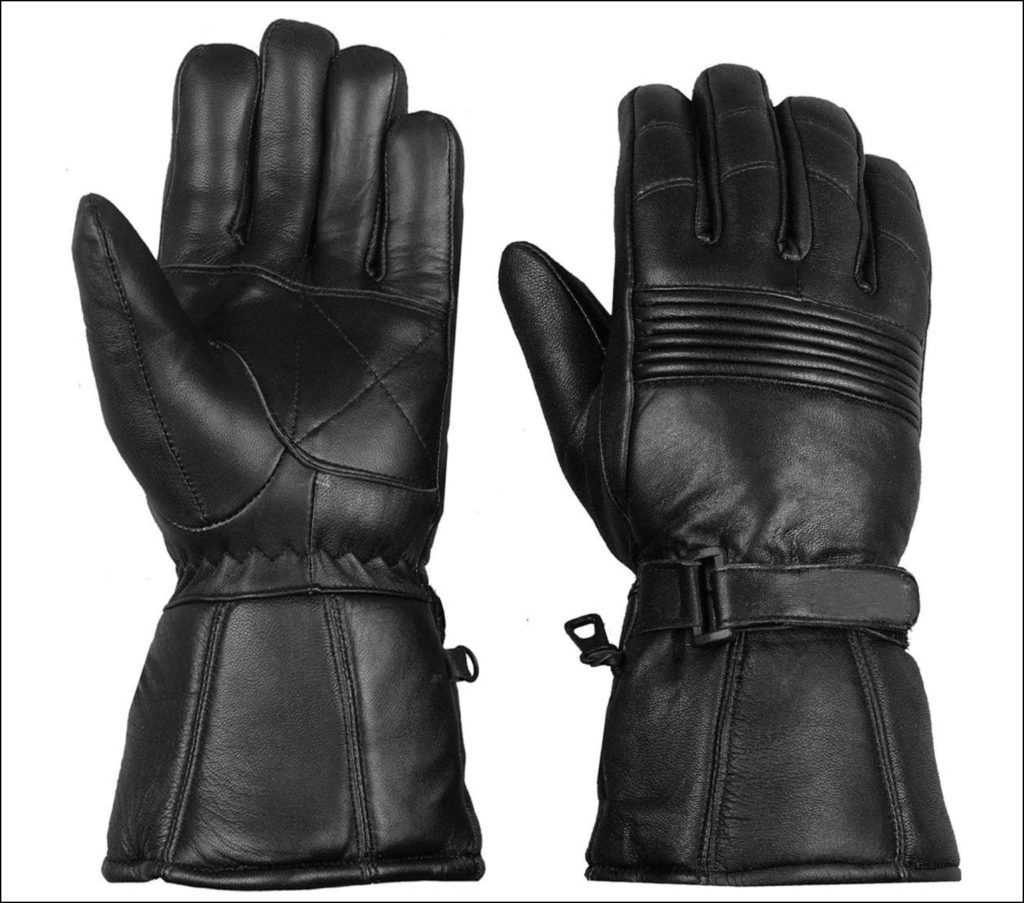
Riding In Cold Weather • Conclusion
That about wraps it up for this episode. In a following post we’ll discuss a lot more about riding in cold weather. Some of the things we’ll be discussing are heated electric riding gear and high-end adventure riding suits. Later on we’ll also delve into the topic of preparing your motorcycle for the cold weather. Most importantly we’ll be talking about the specific conditions and hazards you may encounter in your cold weather journeys.
As always we encourage you to leave your comments below. Be sure to subscribe to Roadcraft USA for notifications when future tutorials hit the blog. If you have specific questions you would like addressed, please feel free to contact us directly via email. Thanks for reading and subscribing!
Click Here to view an interactive visual index page where you can quickly browse through all of the great features that are published on the Roadcraft USA blog.
Please help support the Roadcraft USA online resource by making product purchases through the links in this post. As Amazon Associates we earn commissions from qualifying purchases made through these links. There is no additional cost to you whatsoever. Thank you for your support!

